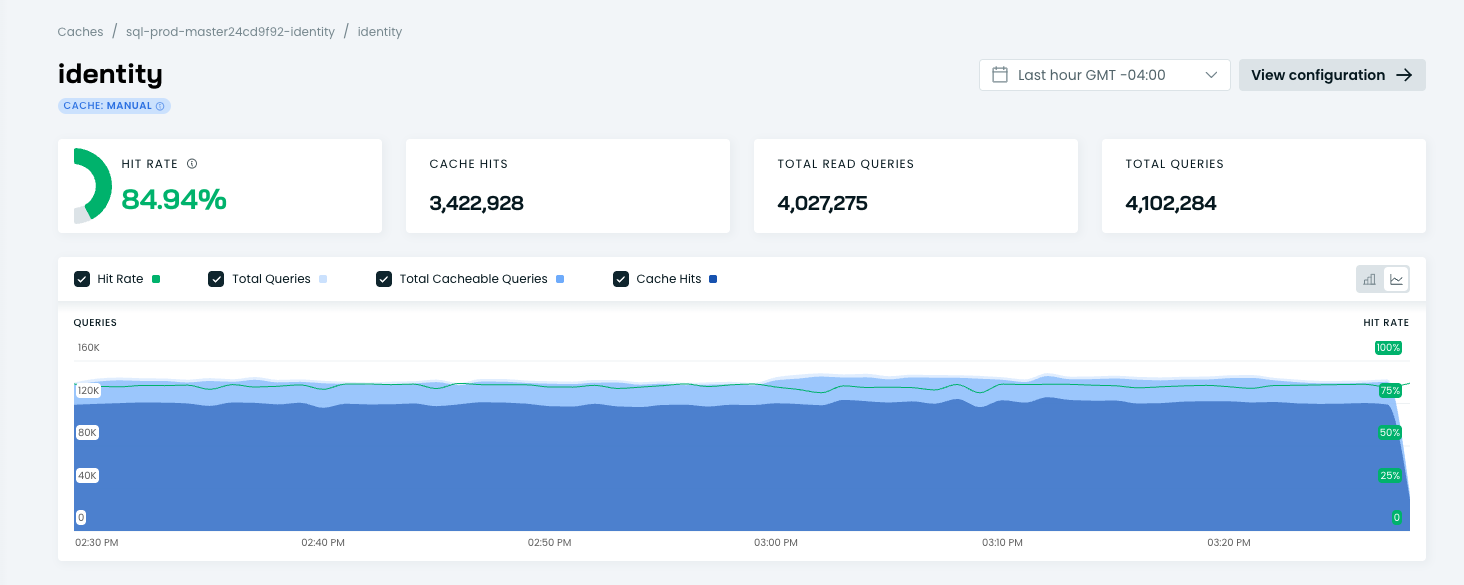
Cast AI has added a database optimizer to its portfolio that leverages an artificial intelligence (AI) agent to optimize allocations of cache memory.
Company president Laurent Gil said Database Optimizer (DBO) has been trained to identify and then cache any data that has repeat patterns. Rather than having to manually analyze queries to identify patterns, DBO automates that task in a way that can improve SQL query performance by as much as a factor of 10 without requiring any changes to an application, he added.
In effect, DBO will also streamline the total number of database queries, eliminate the need for read replicas, and reduce the amount of IT infrastructure required, he added.
If DBO detects a write being made to a database, it will then simply delete the cache, noted Gil.
DBO doesn’t eliminate the need for database administrators, but it does reduce a lot of the manual toil that DBAs encounter when trying to optimize queries. Given the number of databases that IT organizations now routinely deploy, it’s all but impossible for a small number of DBAs to keep pace with query optimization requirements as applications are deployed and updated.
It’s not clear to what degree IT teams are adopting AI technologies to automate workflows, but before too long, they will be pervasively employed. It’s not likely AI agents will replace the need for IT professionals any time soon, but it’s clear that roles and responsibilities will be changing.
For example, in addition to validating the outcomes that AI agents are driving, IT teams will also be required to orchestrate AI agents to automate tasks on an end-to-end basis that communicate via either a model context protocol (MCP) server or the agent-to-agent (A2A) framework being advanced by Google.
Regardless of the approach, the level of scale at which IT environments without increasing headcount should dramatically increase. At the same time, the number of organizations that should be able to afford to make more significant investments in IT should increase as the total cost of labor associated with managing applications and platforms starts to significantly decrease.
There is, of course, no going back at this point. The only issue left to determine is to what degree AI platforms can be truly relied on. In general, the narrower the use case, the more accurate they tend to be, but hallucinations can occur. AI models are probabilistic, so applying them to IT tasks that are deterministic in the sense that they need to be done the same way every time can be problematic. However, there are also many tasks where, if the wrong result is provided, a human can simply ask the AI agent to perform it again.
In the meantime, IT teams would be well-advised to start determining which tasks they perform today that might be better handled by a machine. After all, few people enjoy performing the same tedious tasks over, multiple times a day. The challenge and the opportunity now is to focus more human resources on tasks that not only add more value but are simply more rewarding to actually perform.


